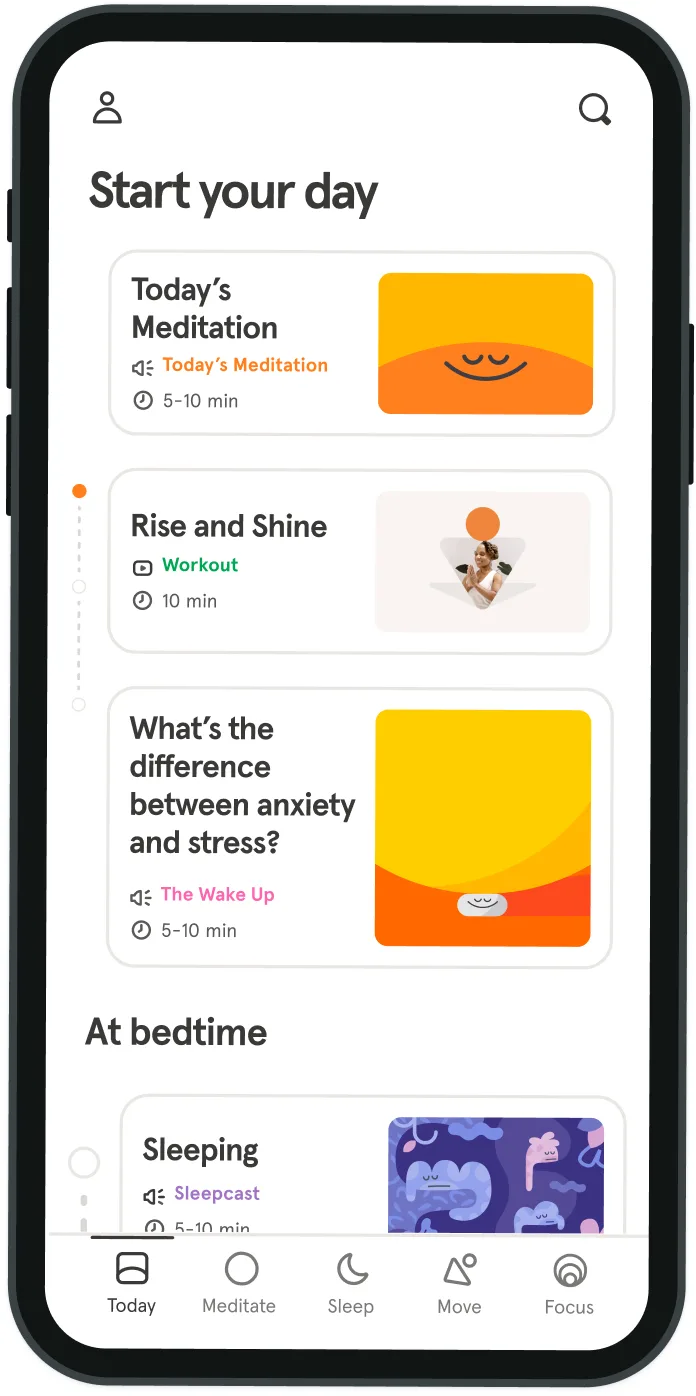If you’re reading this, you’re too awake
Light emitting devices are a part of our world. Displays often generate substantial blue-enriched light emissions. Can these adversely affect sleep timing and or quality? The simple answer is yes. In fact, this may be a perfect storm.
The effect of light on the human sleep cycle cannot be underestimated. The 24-hour rhythm that controls our day is set by the body clock, a collection of just 10,000 cells situated in the base of the brain. These cells are connected to the outside world by nerve tracks leading from the eyes. These alter the timing of sleep cycles, and other internal rhythms, in response to light exposure; so, for example, a move from New York to LA would be followed by a change in the timing of the body clock to fit the new environment. The influence of light on hormonal responses is minimal in the day, but maximal in the evening when it may suppress melatonin secretion and delay sleep. Interestingly, not all colors have the same impact. It has been known since the late 1990s that the blue light within the spectrum of white light is the color that most profoundly influences the body clock. This happens via the newly recognized third receptor in the eye. We all know about the rods and cones, don’t we? It’s this cluster of cells (called the retinal ganglion) that specifically detects blue light and signals to the body clock to alter its timing. So, what electronic light-emitting devices do you use at bedtime? An e-book perhaps? One quarter of the US population has one, after all. Or a cell phone? Maybe a tablet? The bad news is that all these light-emitting devices share similar, enhanced short wavelength blue peaks, so may well be affecting your sleep. At the very least, reaching for your phone when you wake up during the night is a bad way to get back to sleep.
Those of us reading emails late into the evening and checking our feeds in bed might also consider giving ourselves a break before bedtime. What strategies can we use? Not using devices 2-3 hours before bedtime is obviously one answer, maybe even plugging our phones to charge in another room. Blue-light blocking plastic orange glasses do exist, but probably aren’t such a great look at bedtime. There are also cunning blue-blocking apps which dial out the blue from the spectrum in sync with the sunset wherever you are in the world. The best of these, f.lux will work on your Mac and PC, but sadly not your iPhone. Perhaps the best we can do as these devices become an even larger part of our lives is meditate regularly. That should help us to be aware of the insistent need to check our phones, without always listening to it. Then we can try to put the blue light down a little bit earlier, one evening at a time.



Be kind to your mind
- Access the full library of 500+ meditations on everything from stress, to resilience, to compassion
- Put your mind to bed with sleep sounds, music, and wind-down exercises
- Make mindfulness a part of your daily routine with tension-releasing workouts, relaxing yoga, Focus music playlists, and more
Meditation and mindfulness for any mind, any mood, any goal
- © 2024 Headspace Inc.
- Terms & conditions
- Privacy policy
- Consumer Health Data
- Your privacy choices
- CA Privacy Notice
